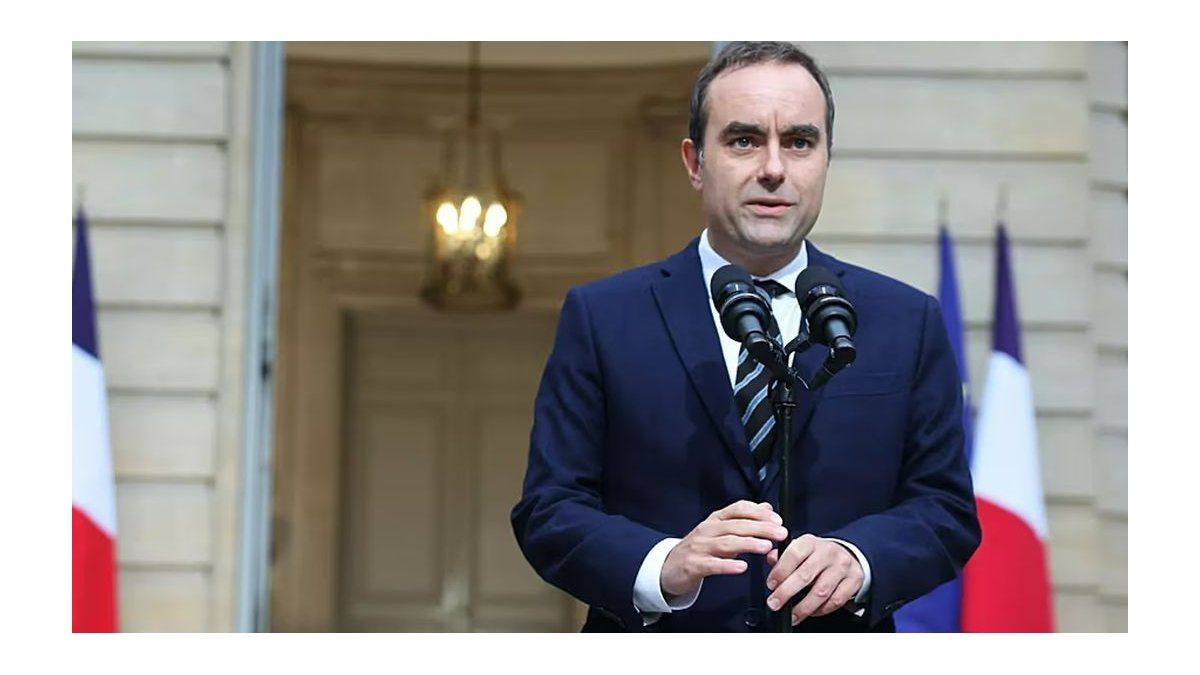Although Austria’s gas emergency plan remains at the early warning level, yesterday Energy Minister Leonore Gewessler published details of what could happen if the second or even third stage of the emergency plan had to be called.
Gewessler’s ministry has calculated numerous scenarios for how long Austria could get by with gas if Russia turns off the gas tap. However, numerous variables influence the result: the amount of gas that still comes from Russia, the amount of gas that can be bought from elsewhere, the amount of gas that can be taken from storage facilities and on the other hand the willingness and possibility of Economy and households to save gas or switch to alternative energy sources.
That will also depend on the price, which is likely to explode in such a case – and on a possible economic downturn. And a lot depends on the time of year, since gas consumption in winter is a good three times higher than in summer.


What happens when the delivery stops
In the alarm stage, large gas consumers would have to report their planned gas requirements to E-Control on a daily basis. A dedicated crisis gas distribution system (FlexMOL) would be activated. Companies would be encouraged but not obliged to save gas or replace it with other energy sources.
Should Russia cut off the gas supply altogether, the emergency level, i.e. the highest of the three levels, would definitely be declared. And that would give the government, in coordination with the Main Committee of the National Council and the Energy Control Advisory Board, far-reaching powers with energy control measures, i.e. interventions in the gas market. The primary goal then remains the supply of gas to households and social services such as hospitals, old people’s homes and kindergartens.
- ZIB 1: Gas emergency plan details
This video is disabled
Please activate the categories Performance Cookies and Functional cookies in your cookie settings to view this item. My cookie settings
In the first step, those 35 major consumers who are not critical to the system and consume more than 50,000 K kilowatt hours (KWh) of gas per hour would be restricted in the first step – i.e. three times as much per hour as an average household in the whole year. These 35 companies account for half of the gas consumption in summer – i.e. outside the heating period. The ministry assures that E-Control is already in intensive contact with them.
The Ministry of Climate assumes that with this measure – if the storage tanks are filled accordingly – a long-term supply bottleneck can be overcome. If not, those 7,500 companies that consume more than 400,000 kWh of gas per year would have to reckon with restrictions. Together they make up a quarter of summer gas consumption.
Households are spared gas cuts in all scenarios. However, households will be asked to save gas if there are interruptions in supply. However, the ministry’s scenarios show that in most cases a restriction on bulk consumers is sufficient.
Source: Nachrichten




